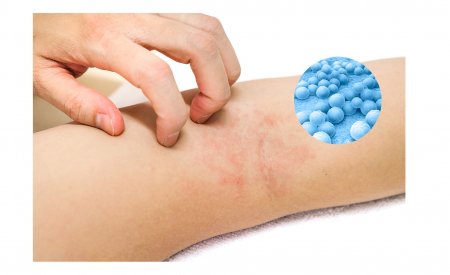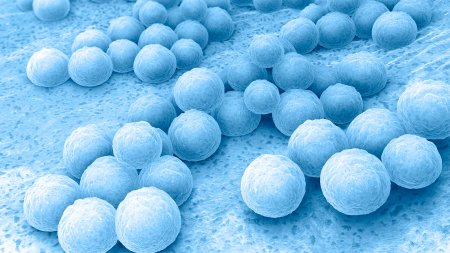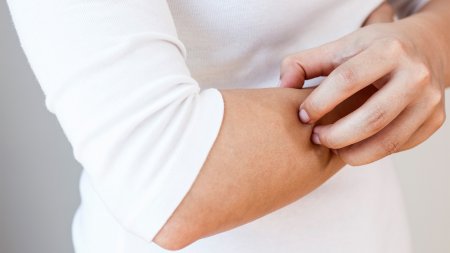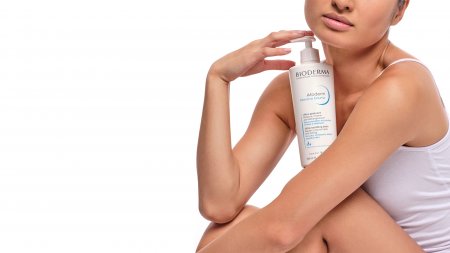An in vitro study conducted on Atoderm Intensive baume showed a 99.9% reduction in the proliferation of Staphylococcus aureus in the form of biofilm after 4 hours.
This targeted efficacy contributes to the excellent results observed in a clinical study conducted on 130 atopic children versus placebo: 6 months without flare-ups for 76% of patients (3).
True to the NAOS ecobiological approach, Atoderm Intensive baume addresses the biological causes of skin imbalance to provide lasting benefits. Atoderm Intensive baume supports patients with atopic dermatitis by helping to reduce the intensity and frequency of flare-ups in the long term. Thus, it plays an essential role in the sustainable improvement of the quality of life of patients.
(3) Gayraud F, Sayag M, Jourdan E. Efficacy and tolerance assessment of a new type of dermocosmetic in infants and children with moderate atopic dermatitis. J Cosmet Dermatol. 2015;14(2):107-12.





